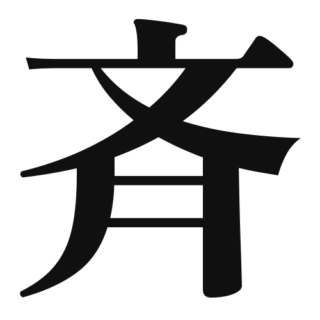 N1
N1 斉
1. Overview of MeaningThe kanji "斉" (pronounced "sei" or "sai") generally means "to be equal" or "to be uniform." It con...
 N1
N1 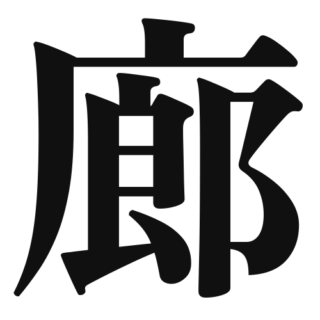 N1
N1 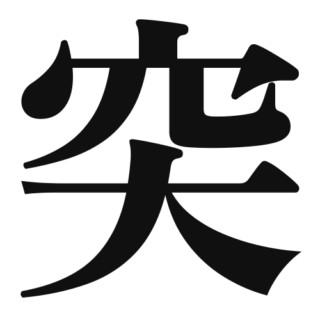 N3
N3  N1
N1 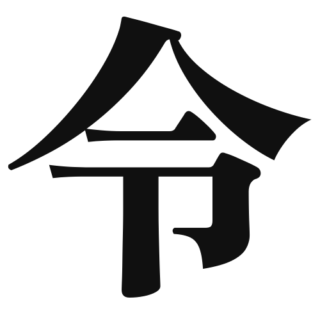 N2
N2 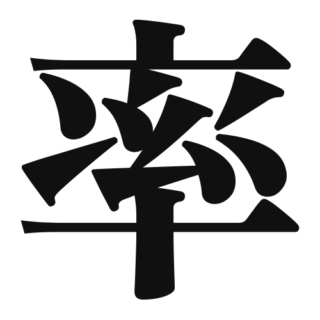 N1
N1 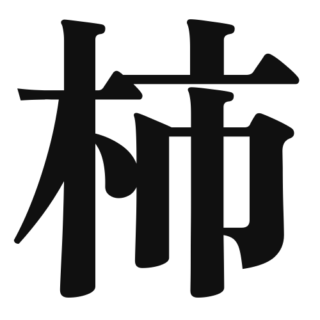 others
others 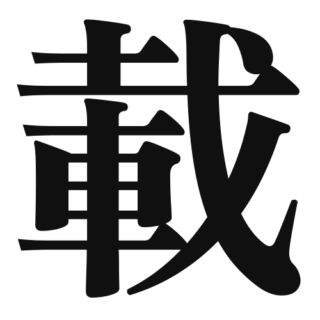 N1
N1 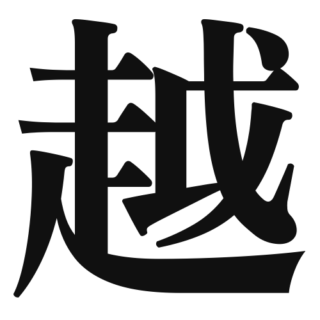 N3
N3 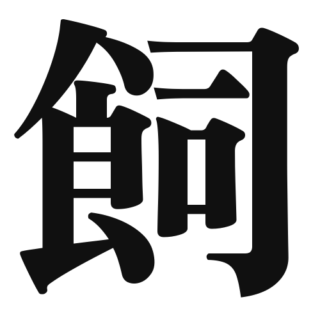 N1
N1